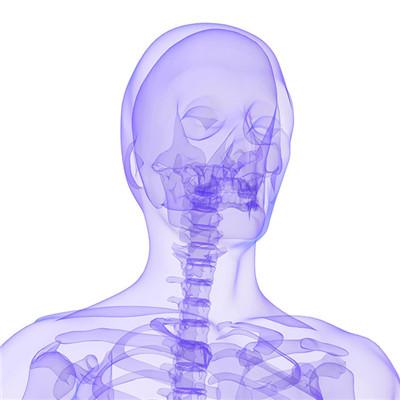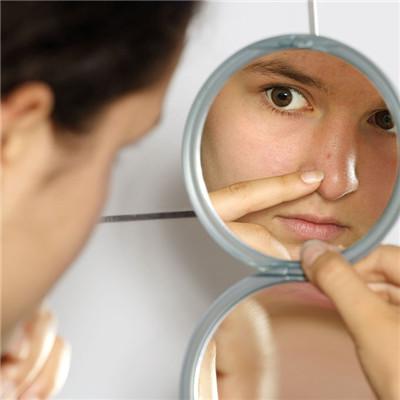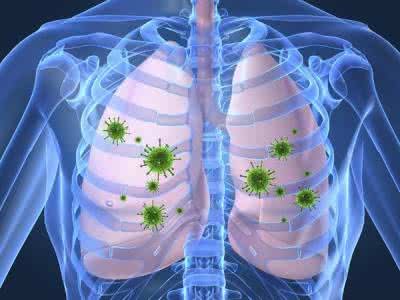How to treat multiple kidney stones?
summary
Renal calculi refer to the calculi that occur in the calyces, pelvis and the junction of pelvis and ureter, which are generally divided into single and multiple. Single is just one stone, regardless of size. Multiple renal calculi are multiple stones found in both kidneys, usually more than 2. Let's talk about how to treat multiple renal calculi?.
How to treat multiple kidney stones?
First: the general hospital is to recommend patients with drugs for treatment, because one of the disadvantages of lithotripsy is that it can not be discharged cleanly, but after general lithotripsy, it is easy to relapse, and the role of drugs at this time is to dissolve the residual stones, and improve the constitution of stones.
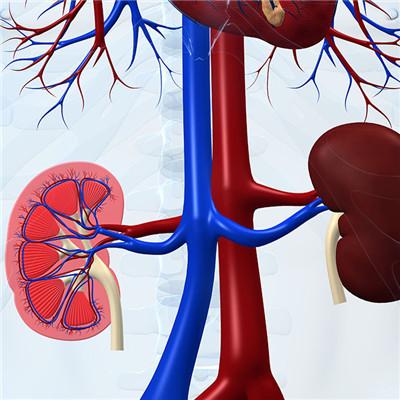
Second: with the accumulation of experience, kidney stones: in the past, only small diameter kidney stones were treated. The indications have been extended to multiple kidney stones, staghorn kidney stones and solitary kidney stones. Ureteral calculi: the treatment of upper and lower ureteral calculi is generally used. At present, prone lithotripsy is used for middle ureteral calculi, and good results have been achieved. Bladder stones: extracorporeal shock wave therapy is also feasible, but transurethral lithotripsy is generally used.
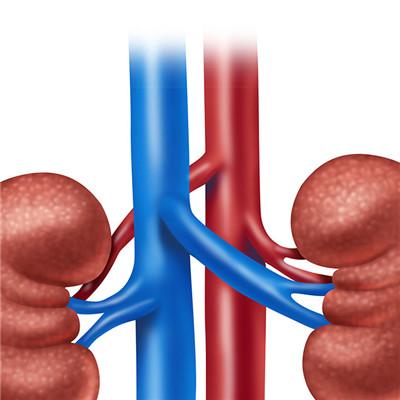
Thirdly, minimally invasive percutaneous nephrolithotomy (MPCNL) is also known as "drilling". A 0.8-1cm incision is made at the waist of the patient, and a slender puncture needle is used to enter the kidney (in the renal pelvis) from the waist incision to establish a stone removal channel, and then the nephroscope is inserted to remove the kidney stones (especially the cast stones). If necessary, the stone can be broken by ultrasonic / pneumatic lithotriptor or Nd: YAG laser lithotriptor before removing the stone.
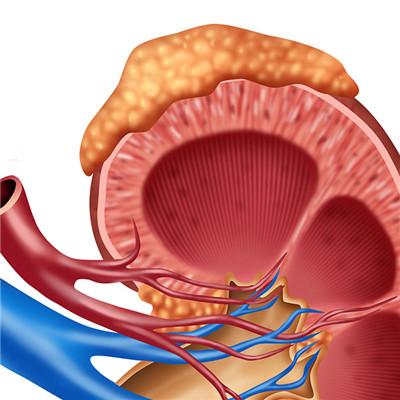
matters needing attention
Based on the causes of kidney stones, starting from the patient's own causes, through accurate detection to determine the focus of stones, the operation can be performed under the visibility of nephroscope. There is a very accurate treatment for kidney stones with or without symptoms, and the whole operation process is visible. The average operation time was 44 minutes. The patient could get out of bed the next day after operation.


